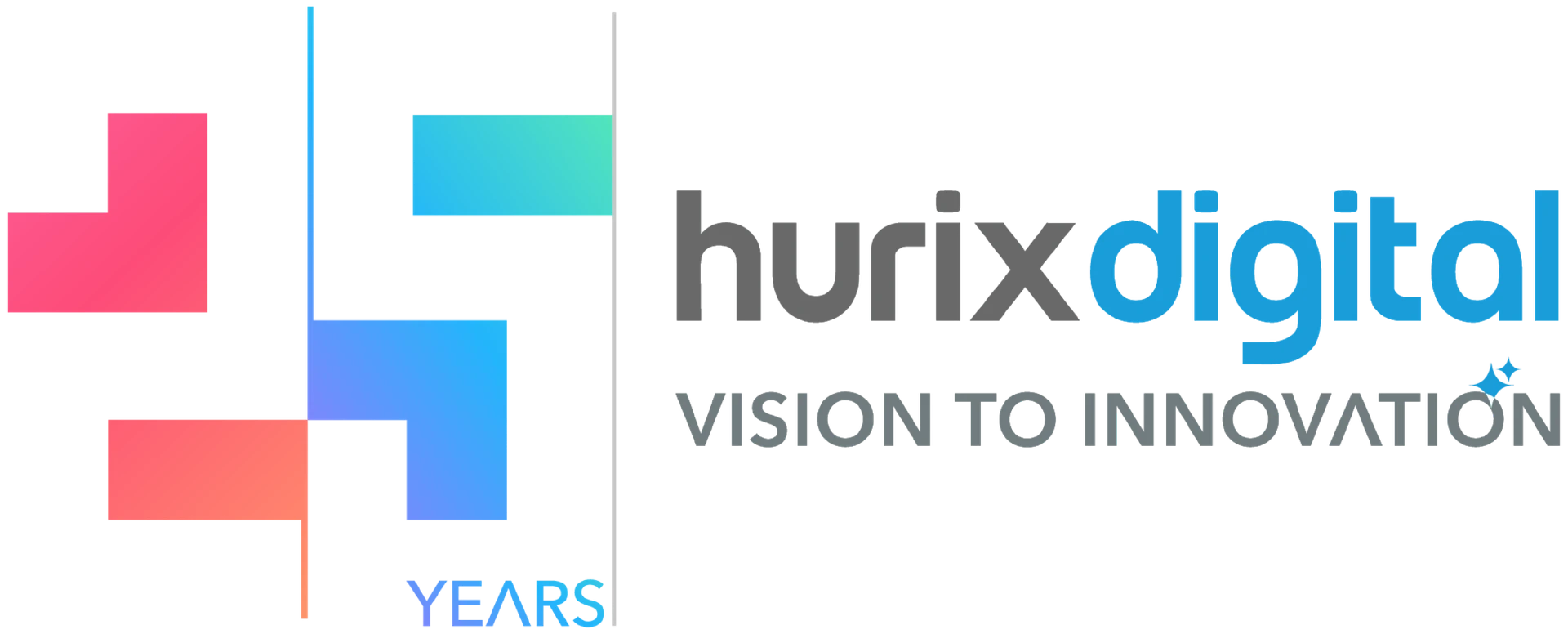Course Catalog: A comprehensive and organized list of all courses offered by Hurix Digital, providing detailed information such as course descriptions, learning objectives, target audience, prerequisites, duration, and instructor details. This serves as a valuable resource for learners to explore available learning opportunities and choose the courses that best align with their individual needs and professional development goals, ensuring a streamlined and effective learning experience with Hurix Digital.
What is a Course Catalog?
A course catalog is a comprehensive and organized collection of courses offered by an educational institution, training provider, or online learning platform like Hurix Digital. It serves as a central resource for learners to explore, discover, and select courses that align with their learning objectives and career aspirations.
Think of it as a menu of learning opportunities. A well-designed course catalog provides detailed information about each course, enabling informed decision-making. Key components typically include:
- Course Title: A concise and descriptive name of the course.
- Course Description: A summary of the course content, learning objectives, and target audience.
- Learning Objectives: Specific, measurable, achievable, relevant, and time-bound goals that learners will achieve upon completing the course.
- Prerequisites: Any prior knowledge, skills, or experience required to successfully complete the course.
- Target Audience: The intended learners for the course (e.g., beginners, intermediate users, specific job roles).
- Course Duration: The estimated time required to complete the course.
- Delivery Method: How the course is delivered (e.g., online, in-person, blended learning).
- Instructor Information: Details about the instructor(s) teaching the course.
- Course Fees (if applicable): The cost of enrolling in the course.
A course catalog plays a crucial role in attracting and engaging learners, providing transparency about available learning opportunities, and facilitating a smooth enrollment process. A good course catalog is easily searchable, well-organized, and provides a user-friendly experience.
Why is a Course Catalog Important?
A course catalog is more than just a list of courses; it’s a vital resource that serves as a comprehensive guide for learners and a strategic tool for Hurix Digital. Its importance stems from its ability to:
Enhance Discoverability: A well-structured course catalog makes it easy for learners to find the specific courses they need. Clear categorization, effective search functionality, and detailed course descriptions ensure that valuable learning opportunities aren’t missed, maximizing course enrollments and learner satisfaction.
Improve Learner Decision-Making: By providing detailed information about course content, learning objectives, prerequisites, and instructor profiles, a course catalog empowers learners to make informed decisions about which courses align with their individual goals and skill development needs. This leads to higher completion rates and a more effective learning experience.
Support Personalized Learning Paths: A comprehensive catalog facilitates the creation of personalized learning paths. Learners can easily identify related courses and build a structured curriculum to acquire specific skills or deepen their knowledge in particular areas. This individualized approach fosters engagement and promotes continuous learning.
Streamline Administrative Processes: For Hurix Digital, a course catalog centralizes course information, simplifying course management, scheduling, and reporting. This centralized repository of information ensures consistency and accuracy, reducing administrative overhead and improving operational efficiency.
Showcase Expertise and Attract Learners: A well-curated course catalog reflects the breadth and depth of Hurix Digital’s expertise. It serves as a marketing tool, attracting new learners and showcasing the quality and relevance of the educational offerings. A regularly updated catalog demonstrates a commitment to providing cutting-edge content and meeting the evolving needs of the learning community.
How Does a Course Catalog Work?
A course catalog acts as a centralized, organized, and searchable repository of all courses offered by an educational institution or training provider, like Hurix Digital. It’s more than just a list; it’s a dynamic tool that facilitates course discovery, selection, and enrollment.
Here’s a breakdown of how it works:
- Information Gathering: The catalog compiles detailed information about each course, including its title, description, learning objectives, prerequisites, instructor details, schedule, duration, credits awarded (if applicable), and cost.
- Categorization and Tagging: Courses are typically categorized by subject area, department, skill level (beginner, intermediate, advanced), and delivery method (online, in-person, blended). Relevant keywords and tags are assigned to enhance searchability.
- Search and Filter Functionality: Users can easily find relevant courses through powerful search tools that allow them to filter by keywords, subject, level, instructor, schedule, and other criteria.
- Course Details Page: Each course has a dedicated page providing comprehensive information, allowing potential learners to make informed decisions. This often includes sample materials, testimonials, and FAQs.
- Enrollment Integration: The course catalog is often integrated with a learning management system (LMS) or other enrollment platform, enabling users to directly register and pay for courses online.
- Updates and Maintenance: The catalog is regularly updated to reflect new course offerings, changes in schedules, instructor assignments, and other relevant information, ensuring accuracy and reliability.
In essence, a well-designed course catalog streamlines the learning process by making it easier for individuals to find the courses they need and enroll quickly. It’s a critical component of any modern learning ecosystem.
Examples of How Leading Brands Use Course Catalogs
Course catalogs are vital tools for leading brands to manage and deliver training effectively. They offer a centralized, searchable repository of learning resources, improving accessibility and engagement. Here are some examples of how prominent companies leverage course catalogs:
Google: Google utilizes a comprehensive course catalog internally for employee training and development. Their catalog includes technical skills training, leadership development programs, and courses on Google products and services. This centralized system ensures employees can easily find and enroll in relevant training to enhance their skills and stay updated on the latest technologies.
Amazon: Amazon implements course catalogs for both internal employee training and external customer education. Their internal catalog supports continuous learning and upskilling for employees across various departments. Externally, Amazon Web Services (AWS) provides a detailed course catalog, offering certifications and training programs to help customers maximize their use of AWS cloud services. This fosters customer loyalty and drives adoption of their platform.
Microsoft: Microsoft uses course catalogs extensively to train its employees, partners, and customers. Their catalog covers a wide range of topics, including software development, cloud computing, and business productivity. By providing easy access to targeted training, Microsoft empowers its users to effectively utilize its products and services, contributing to increased customer satisfaction and product proficiency.
LinkedIn Learning: LinkedIn Learning *is* a course catalog, essentially. It showcases how a robust catalog can be the core of a learning business. They use AI-powered recommendations and personalized learning paths to deliver relevant content to millions of users, driving engagement and professional development on a massive scale.
These examples illustrate how strategically implemented course catalogs enhance learning experiences, improve skills development, and ultimately contribute to the success of leading brands.
Key Benefits of a Course Catalog
A comprehensive course catalog offers significant benefits to both learners and educational institutions. It acts as a centralized hub, simplifying the course discovery and selection process. Here’s a breakdown of the key advantages:
- Enhanced Course Discoverability: A well-organized catalog makes it easy for learners to find the courses they need, using keywords, categories, and filters. This increased visibility boosts enrollment and engagement.
- Improved Learner Experience: A user-friendly catalog provides detailed course descriptions, learning outcomes, prerequisites, and instructor information, empowering learners to make informed decisions aligned with their goals.
- Streamlined Registration Process: Integration with registration systems allows for seamless enrollment directly from the catalog, reducing administrative overhead and improving efficiency.
- Centralized Information Repository: The catalog serves as a single source of truth for all course-related information, ensuring consistency and accuracy across the institution.
- Data-Driven Insights: Course catalog data provides valuable insights into learner demand, popular courses, and areas for improvement. This data can inform curriculum development and resource allocation.
- Improved Marketing and Promotion: A well-presented catalog acts as a powerful marketing tool, showcasing the breadth and depth of educational offerings to prospective learners.
- Increased Institutional Efficiency: By centralizing course information and automating registration, the catalog reduces administrative workload and frees up resources for other priorities.
- Better Alignment with Learning Objectives: The process of creating and maintaining a course catalog encourages institutions to clearly define learning objectives and ensure that courses align with these goals.
In conclusion, a robust course catalog is an essential tool for any educational institution seeking to improve learner experience, optimize resource allocation, and drive enrollment.
Common Misconceptions Around Course Catalogs
Course catalogs are often misunderstood, leading to inefficient use and missed opportunities. Here are some common misconceptions:
Misconception 1: A course catalog is just a list of courses.
While a course catalog does list courses, it’s much more than that. A well-designed catalog provides detailed descriptions, learning objectives, prerequisites, instructor information, schedules, and potentially even sample content. It acts as a comprehensive guide for learners to make informed decisions.
Misconception 2: Course catalogs are only for academic institutions.
This is incorrect. Businesses, training organizations, and even individual instructors can benefit from creating course catalogs. They serve as a central repository for learning resources, allowing employees, customers, or students to easily find and enroll in relevant training programs.
Misconception 3: Once created, a course catalog never needs updating.
Learning needs and course content evolve. An outdated catalog provides inaccurate information, leading to frustration and wasted time. Regular updates are essential to reflect curriculum changes, new courses, retired courses, and updated instructor information.
Misconception 4: Course catalogs are only useful for browsing.
Modern course catalogs can be interactive and personalized. They can integrate with learning management systems (LMS) to track progress, recommend courses based on individual needs, and offer personalized learning paths. They are not simply static documents but dynamic tools to facilitate learning.
Misconception 5: Any spreadsheet can serve as a course catalog.
While a spreadsheet can list courses, it lacks the structure, searchability, and rich information provided by a dedicated course catalog system. A professional catalog offers a user-friendly experience and robust functionality that a simple spreadsheet can’t match.
 A Space for Thoughtful
A Space for Thoughtful 